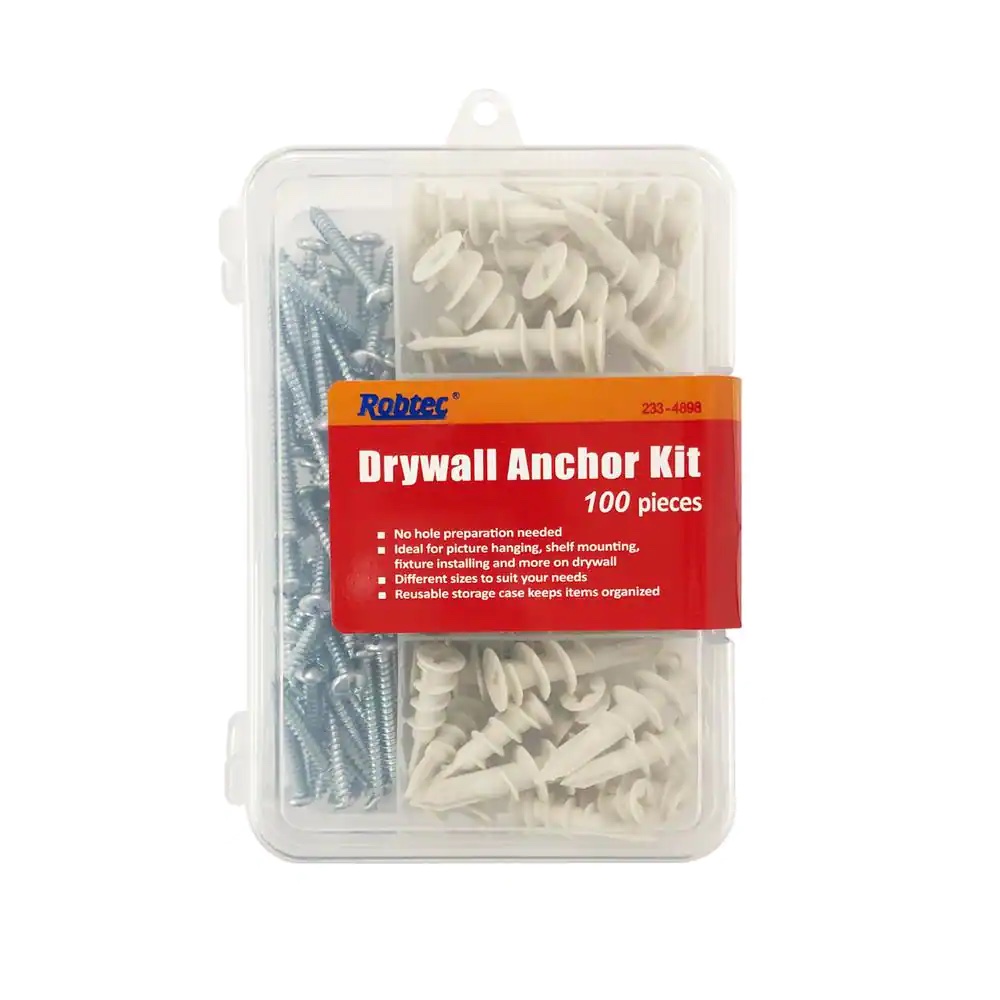To safely hang a heavy object on drywall, the best way is to have the fastener go through both the drywall and the Structure that it is attached to. Most of the time in Texas that will be a wood frame. In most houses the studs (frame members that stretch from the floor to the ceiling) are spaced 16″ on center (OC). Sometimes they are only 12″ OC and in weak walls they may be as far as 24″ (OC) but the vast majority are 16″ on center. This meaning you can measure 16″ between the middle of both studs. This means the space between the studs is actually only about 14 1/2″. If you are good a math you will wonder why this doesn’t quite add up. That is because sadly the 2X4 pieces of lumber used for framing are neither 2″ thick or 4″ wide. They are actually 1.5″ X 3.5″ with the excuse being that once you add sheetrock to both sides they will create a 4″ thick wall. Which only works if you use 1/4″ sheetrock wich is so weak it is only used to go around curves. To see the stud spacing visually check the image below:
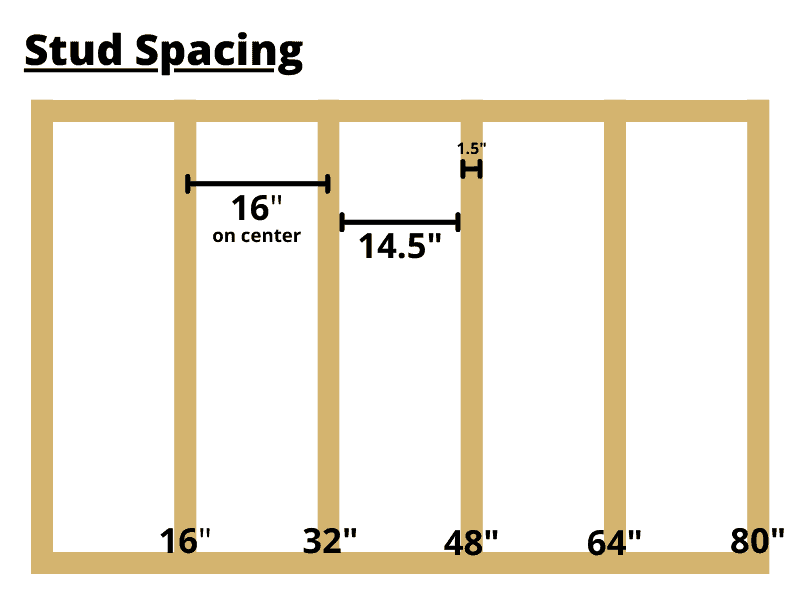
The image above is very simplistic and very few walls are this exact. Most look more like the ones below in the cabana. You can see where some studs are closer due to windows or doors, and at the end can be doubled to give a nailing surface to the end of the sheetrock. This should give you an idea of what is inside your walls when you are trying to find studs to connect to.
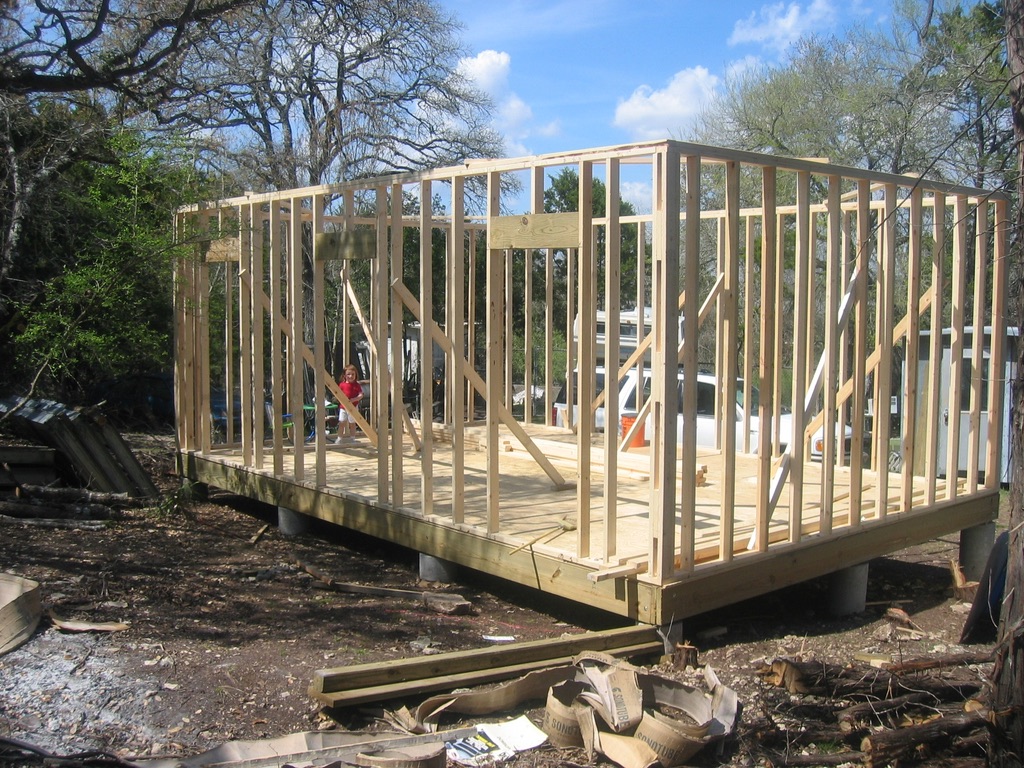
There are multiple ways to find studs, some are more reliable than others. You can knock on the wall with your knuckle and listen for a more solid and less hollow sound. You can use a thin nail and drive it through the sheetrock 1″ apart until you hit the stud. You can use a magnet to find a nail or screw head that holds the sheetrock to the stud.
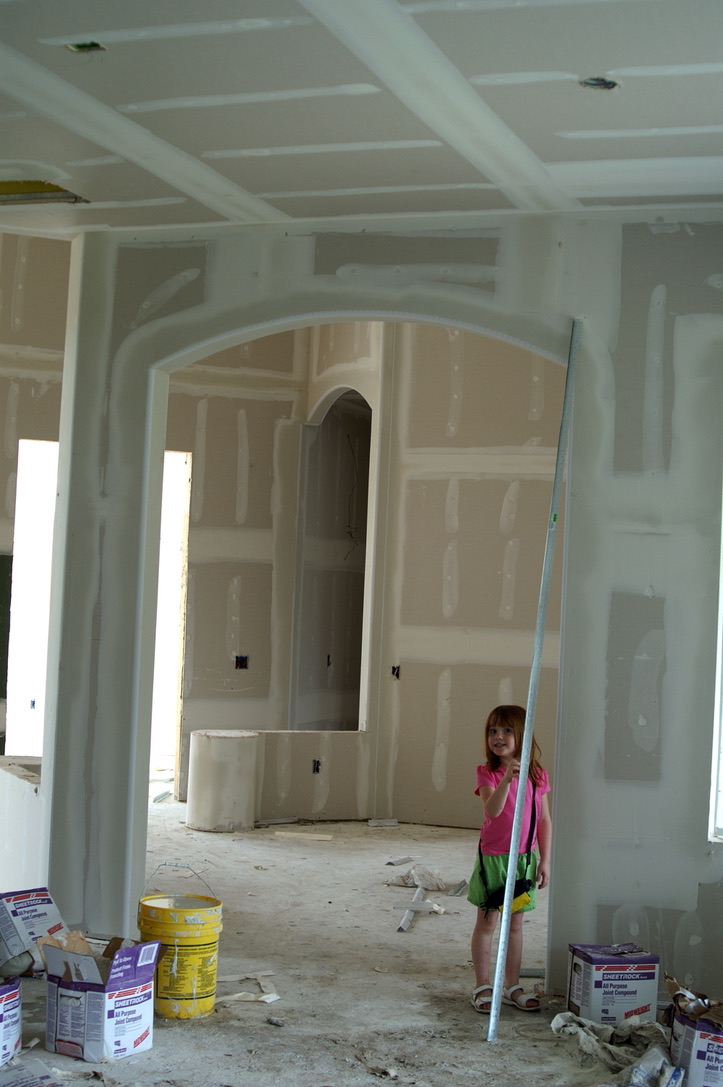
As you can see in the picture above each small white spot is a screw or nail head that a magnet would find easily. But if that is too much work, you can purchase a “stud finder”. They are relatively cheap.
For $20 you can have this delivered to your house tomorrow
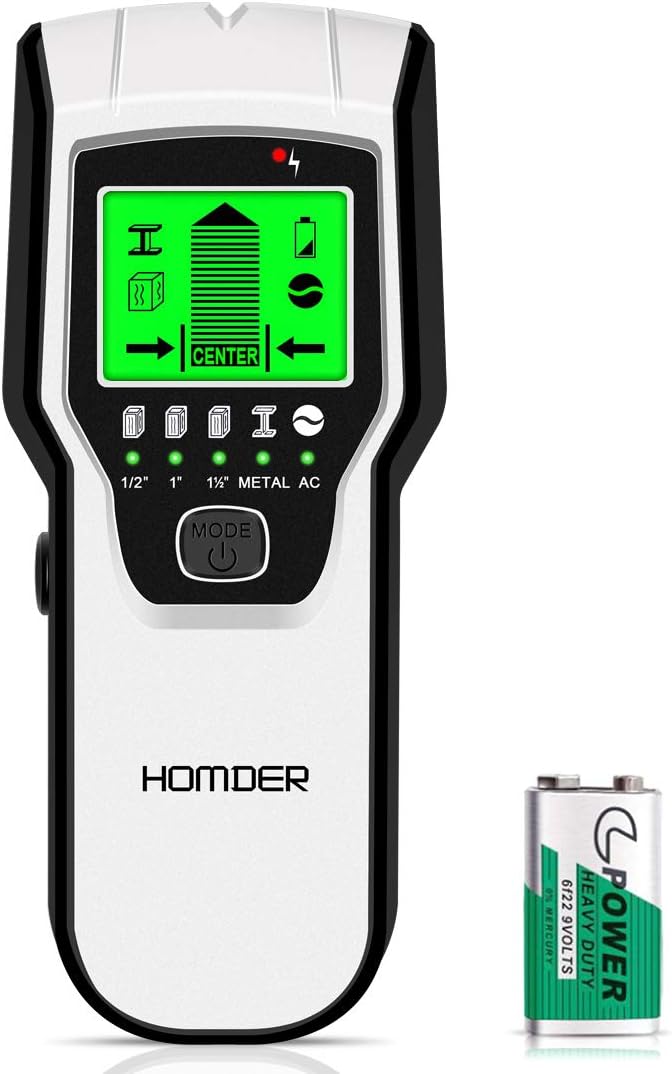

https://www.amazon.com/Scanner-Upgraded-Electronic-Battery-Detection/dp/B08Q3PQCHW/
Easy to use just turn it on when it is against the wall and drag it from left to right until it shows you were the center of the stud is then mark it with a pencil and look for the next one.
Whatever Dad, I just want to hang the damn rack up!
In the event that your OCD kicks in so hard that mounting the rail to the studs will be slightly mis-aligned somehow, in the aesthetic of the room, you could mount the rail to a board and the board to the studs allowing the studs to not be exactly centered on the board. If this “ruins the look”, you will have to resort to heavy duty wall hangers.
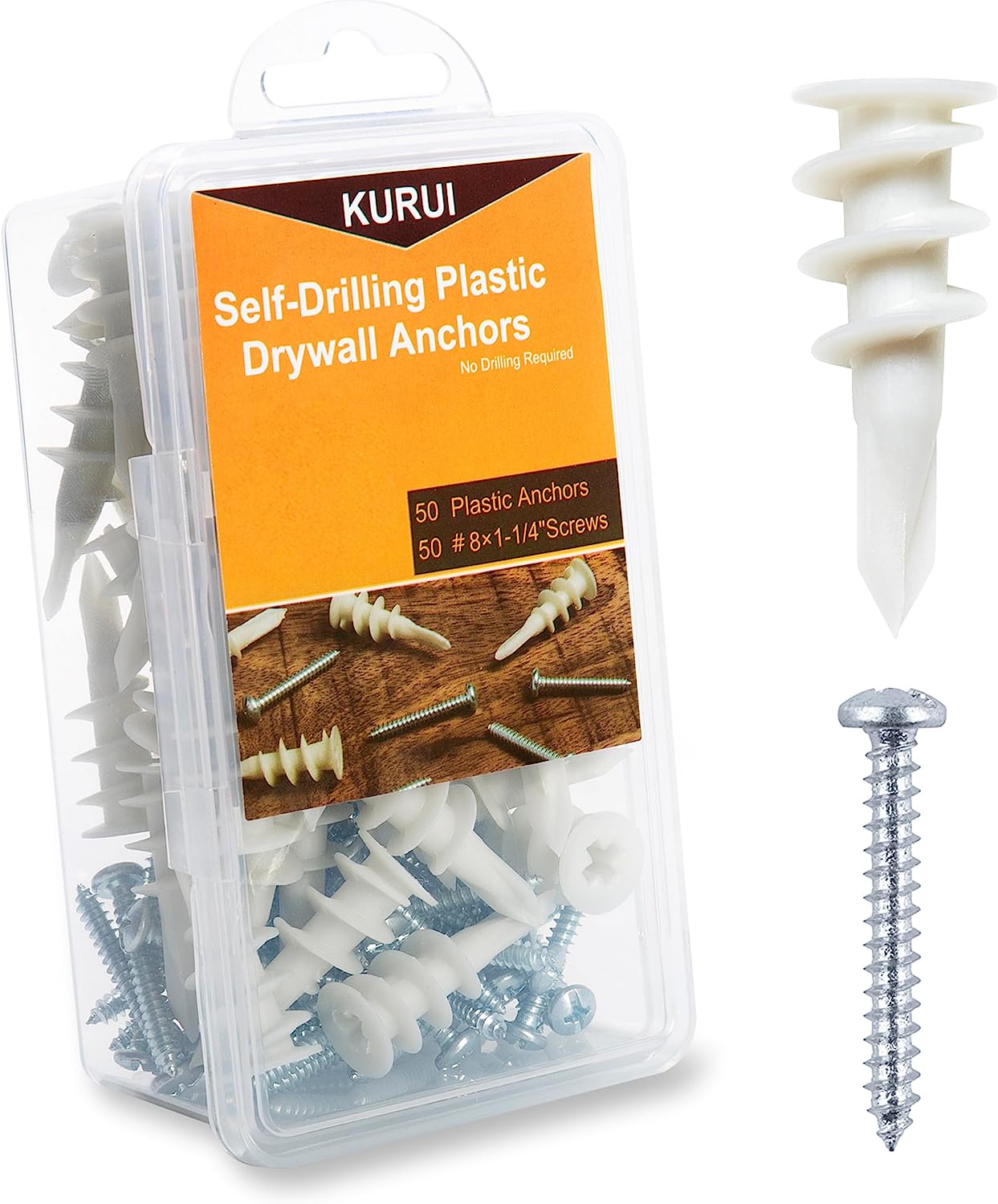
First choice for a strong anchor and least damage to the wall would be one of these plastic anchors. Just place the sharp tip against the sheetrock, and with a small hammer, tap the other end till the sharp point has penetrated the sheetrock up to the threads. Then using a #2 phillips head screwdriver turn clockwise while pushing in until the anchor is flush with the wall surface. try not to go past this since the paper of the wall is holding it in pace and will be significantly weaker once the paper has torn. These hangers can hold up to 80 Lbs. each when space apart. If you are going to hang much more you will need toggle anchors.
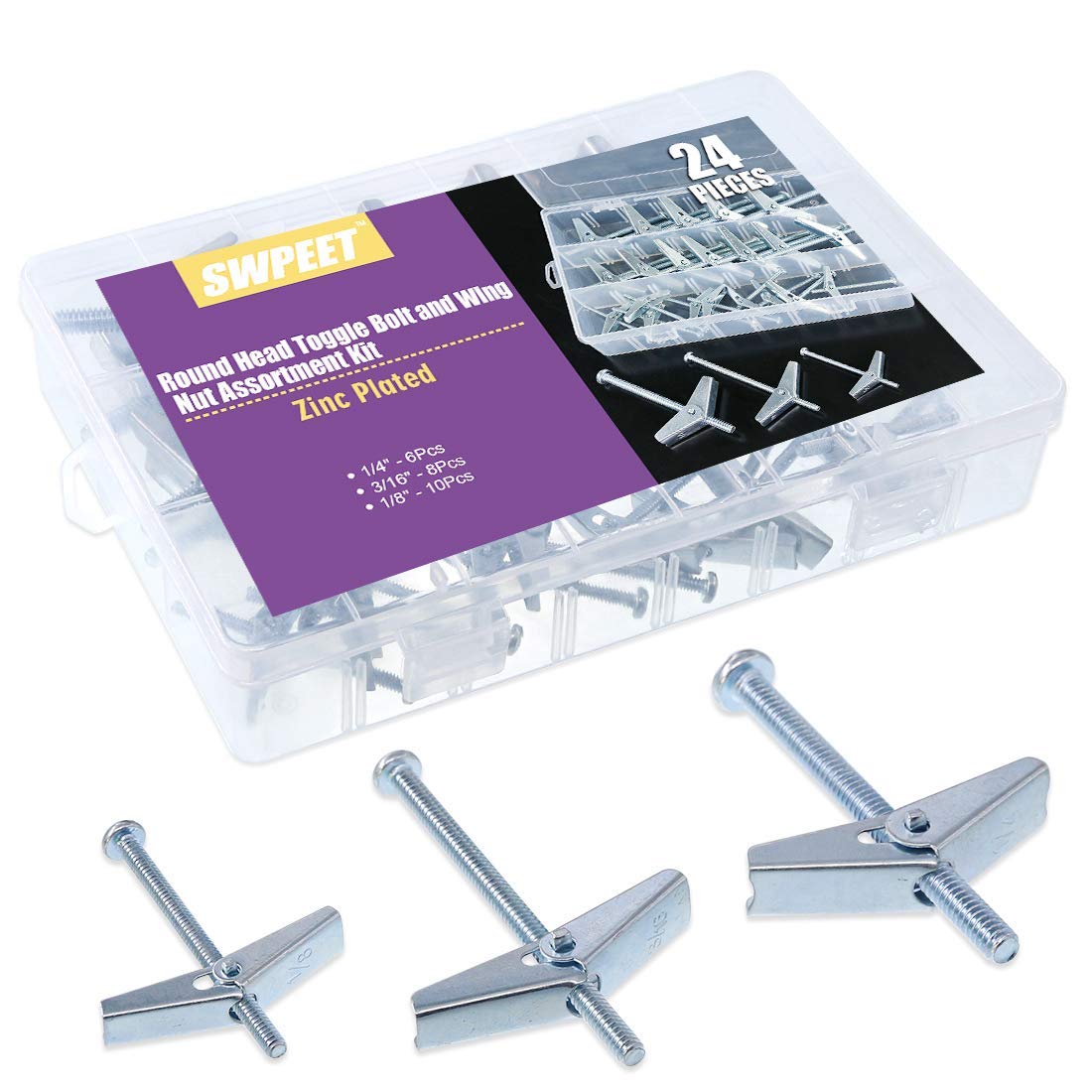
These don’t show a weight rating, but in the event you hang something so heavy that it is able to rip a hole in sheetrock large enough for one of these to be pulled through it, don’t worry about fixing it, because whatever it is will kill you if it lands on you. Remember as we found out in the Great Texas Freeze of ’21. Even sheetrock has its limits.
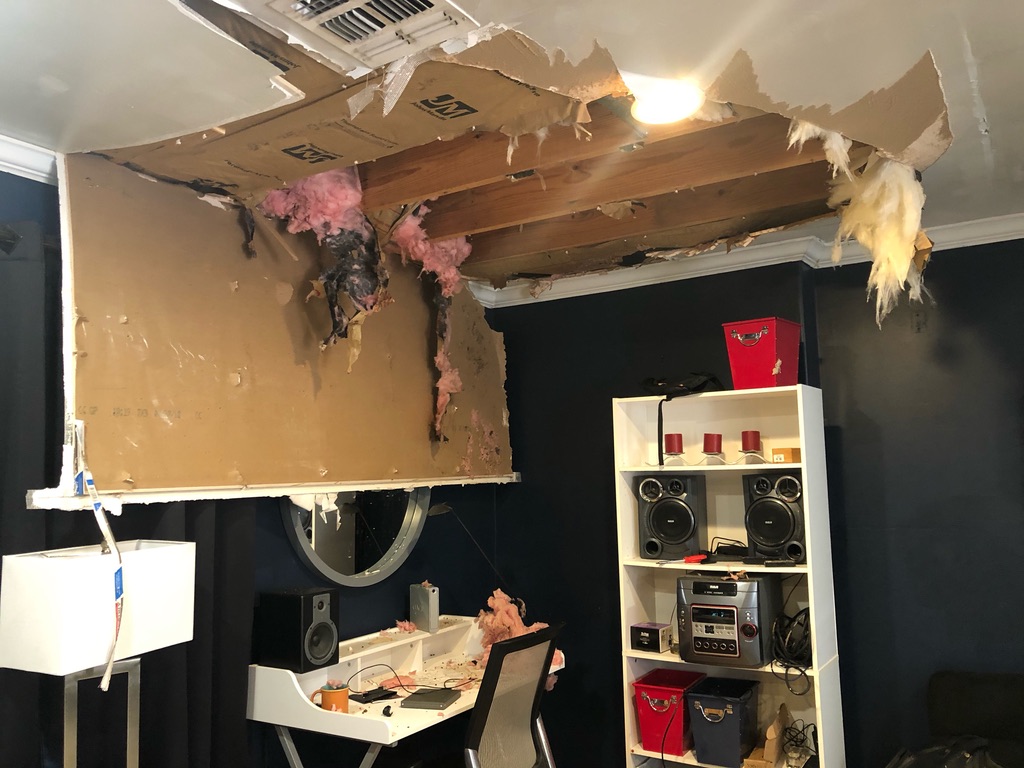
Good luck, Love you.
Dad.
TLDR: Click the image to buy these to hang up stuff on the walls.

